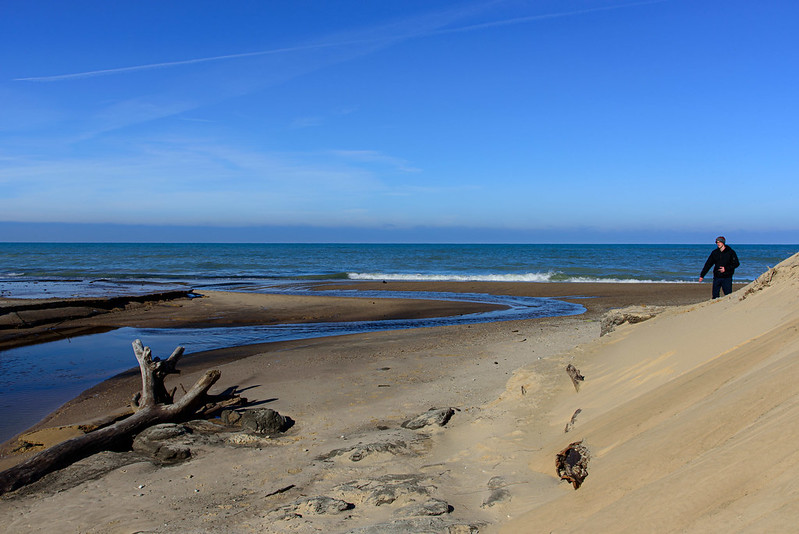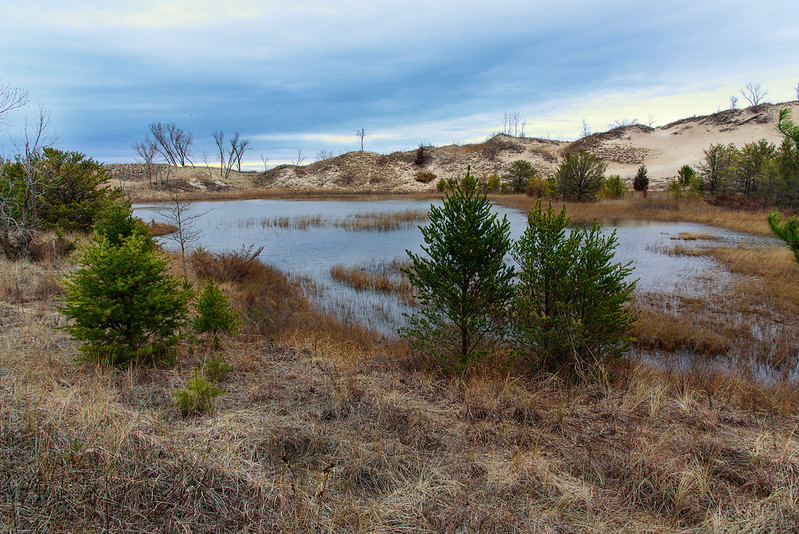
About an hour after sunset, the new visitor to our night sky was visible in the northeast sky. Comet Neowise was discovered in March of 2020, and became visible to the naked eye in July. While it is visible to the unaided eye, I found it a bit difficult to view without the aid of a camera or binoculars, because the eye can see light better from the peripheral vision, or the sides of the eye. So, looking just left or right of the comet actually gave me a better view - at least I could see it and aim the camera at it.

Aiming a 600mm lens at a tiny spot in the dark sky was not easy, but I did manage to capture at least one "close up" of the comet. Even the mirror moving on the camera when the shutter release was pressed would shake the image, so I had to use a mirror-up function and the timer to move the mirror up, then 10 seconds later, the image would be captured.
The image above is the result of quite a few takes; the F6.3 limit on the lens also created some obstacles to overcome. Generally, I choose 1.8 or 2.8 for astrophotography, but this lens isn't made for that, so I managed to compensate for the shortcomings of the lens.

As the evening progressed, clouds entered our field of view, as the comet moved closer to the horizon. One last capture shows some clouds interfering with the comet's tail, and a few minutes later, the comet was covered by clouds.
If you get a chance in the next week or two, try to view the comet. If you miss your opportunity, you won't see it again for over 6000 years.
 The sun was a welcome site after a long period of cloudy days, and it was just enough to warm us up as we hiked along the shore of Lake Michigan. With the sunshine, we didn't even notice the temperatures were in the upper 20's, we had to open our coats on the two mile hike. A midpoint of the hike was the ever-changing Kintzle Ditch, a small stream that cuts through the tall dunes and meanders into Lake Michigan. The constant wave action pushes the sand back and forth at the mouth of the creek, changing how it empties into the lake. Sometimes it's straight into the lake, other times it makes a sharp turn right or left and runs parallel to the shore for over a hundred feet. It's different every time I visit.
The sun was a welcome site after a long period of cloudy days, and it was just enough to warm us up as we hiked along the shore of Lake Michigan. With the sunshine, we didn't even notice the temperatures were in the upper 20's, we had to open our coats on the two mile hike. A midpoint of the hike was the ever-changing Kintzle Ditch, a small stream that cuts through the tall dunes and meanders into Lake Michigan. The constant wave action pushes the sand back and forth at the mouth of the creek, changing how it empties into the lake. Sometimes it's straight into the lake, other times it makes a sharp turn right or left and runs parallel to the shore for over a hundred feet. It's different every time I visit.  Colder temperatures are expected next week, so I expect some interesting winter scenes to play out here and all around the lakeshore. Of course I will be out there to experience it first hand.
Colder temperatures are expected next week, so I expect some interesting winter scenes to play out here and all around the lakeshore. Of course I will be out there to experience it first hand.


































